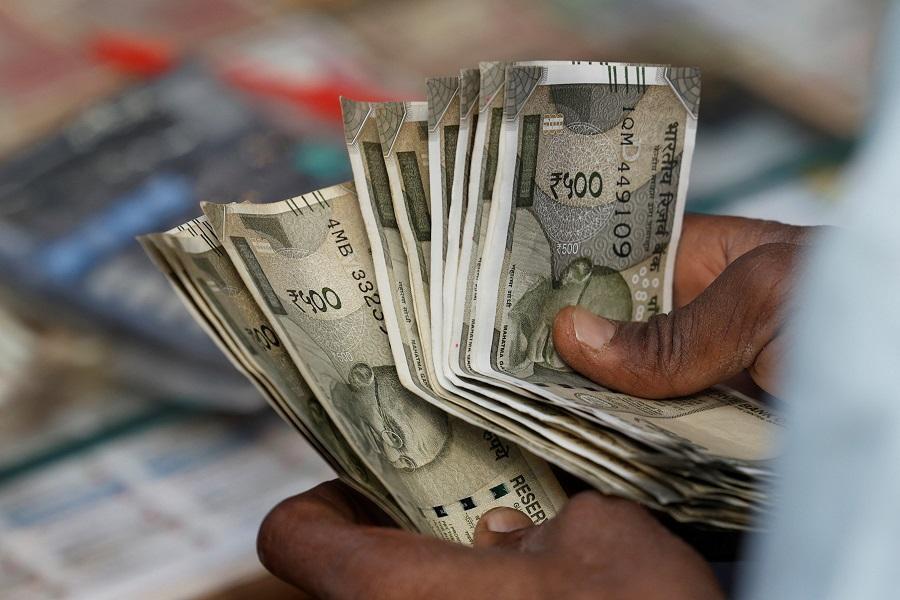
Rupee Set to Open Weaker as Trump Threatens 25% Tariff on Exports
The Indian rupee is expected to open weaker on Thursday, following a fresh threat from U.S. President Donald Trump to impose a 25% tariff on Indian exports. This development has sent shockwaves through the foreign exchange market, with traders anticipating a further decline in the value of the rupee.
According to reports, Trump has threatened to impose the 25% tariff on Indian exports, citing “unfair trade practices” and “high tariffs” imposed by India. This move is seen as a major blow to India’s exports, which have already been reeling under the impact of the ongoing trade tensions between the two countries.
The rupee, which has been under pressure for some time now, is likely to feel the heat of this latest development. The 1-month NDF (non-deliverable forward) suggests an opening range of 87.66-87.69, which is significantly weaker than the previous day’s close of 87.42. This indicates that traders are pricing in a weaker rupee, which could lead to further losses for Indian investors.
RBI May Intervene to Stem the Decline
The Reserve Bank of India (RBI) may have to intervene to stem the decline of the rupee, according to traders. The central bank has been keeping a close eye on the rupee’s movements, and it may be forced to take steps to prevent it from breaching its record low of 87.95.
In recent months, the RBI has been using various tools to manage the rupee’s volatility, including selling dollars in the spot market and intervening in the forward market. If the rupee continues to decline, the RBI may be forced to take more drastic measures to stabilize the currency.
Impact on Indian Economy
The rupee’s decline could have significant implications for the Indian economy. A weaker rupee can lead to higher import costs, which could exacerbate inflationary pressures. This could, in turn, lead to higher interest rates, which could slow down economic growth.
Furthermore, a weaker rupee could also lead to a decline in the value of Indian assets, including stocks and bonds. This could lead to a sell-off in the markets, which could have a broader impact on the economy.
What’s Next for the Rupee?
The rupee’s trajectory in the coming days will depend on a variety of factors, including the outcome of the ongoing trade talks between India and the U.S. If the two countries are able to reach a deal, the rupee could recover some of its losses. However, if tensions continue to escalate, the rupee could continue to decline.
In the short term, the RBI’s intervention could provide some support to the rupee. However, if the central bank is unable to stabilize the currency, the rupee could continue to decline.
Conclusion
The rupee is set to open weaker on Thursday, following a fresh threat from U.S. President Trump to impose a 25% tariff on Indian exports. The RBI may have to intervene to stem the decline of the rupee, which could have significant implications for the Indian economy. The outcome of the ongoing trade talks between India and the U.S. will be closely watched in the coming days, as it could have a significant impact on the rupee’s trajectory.






